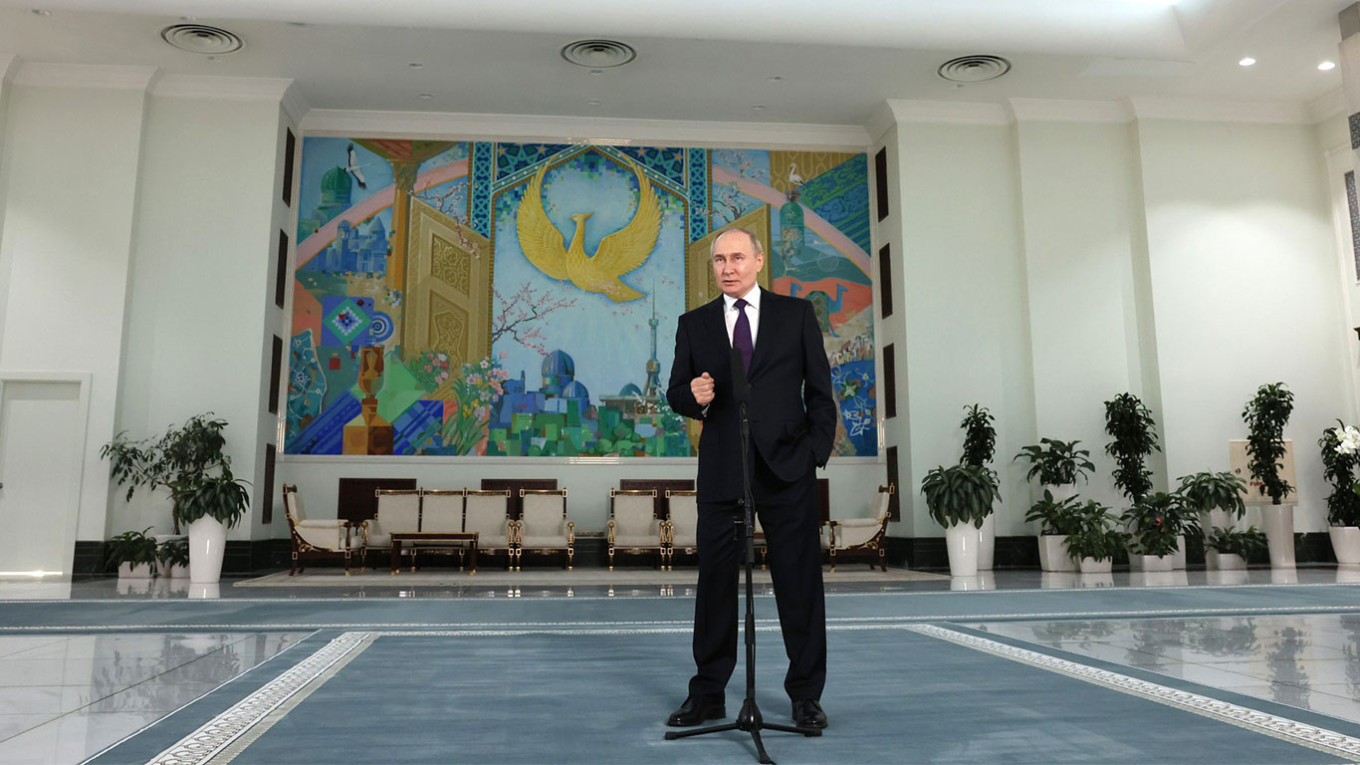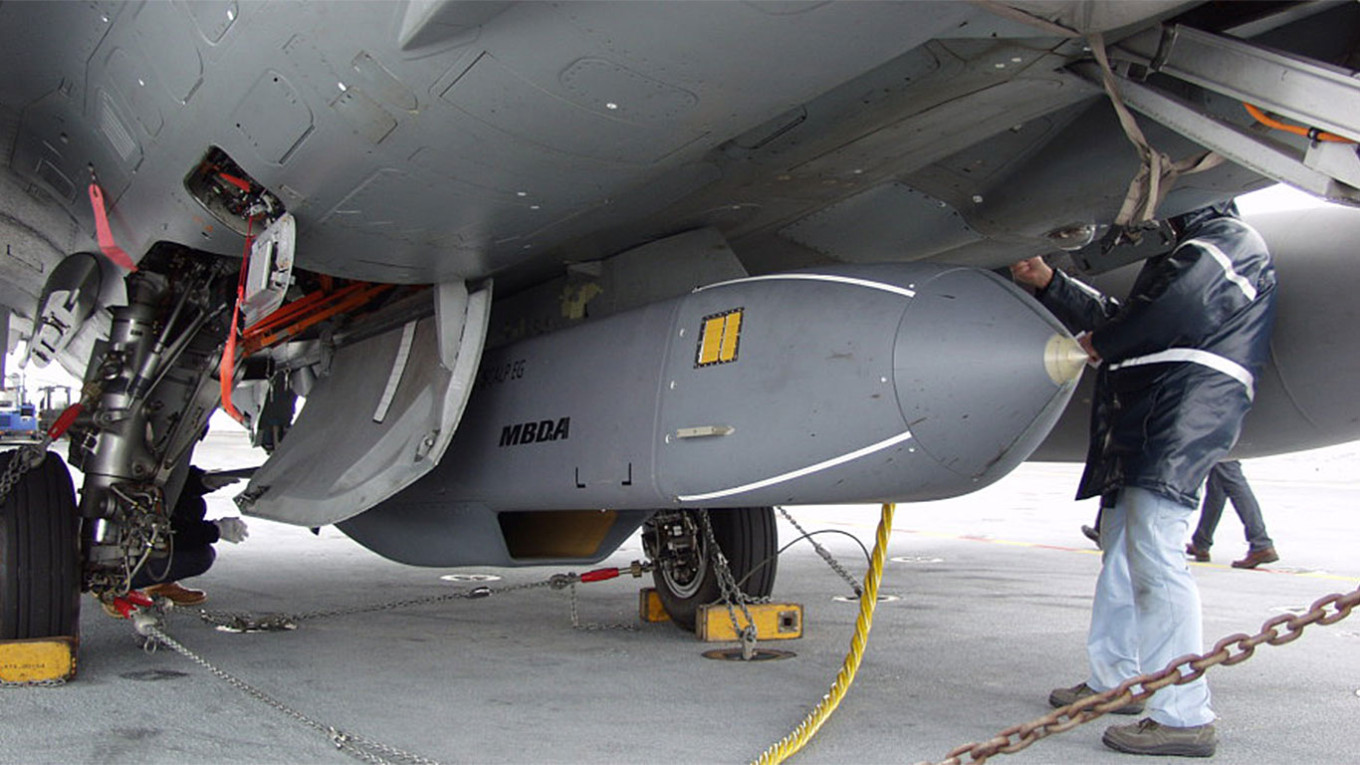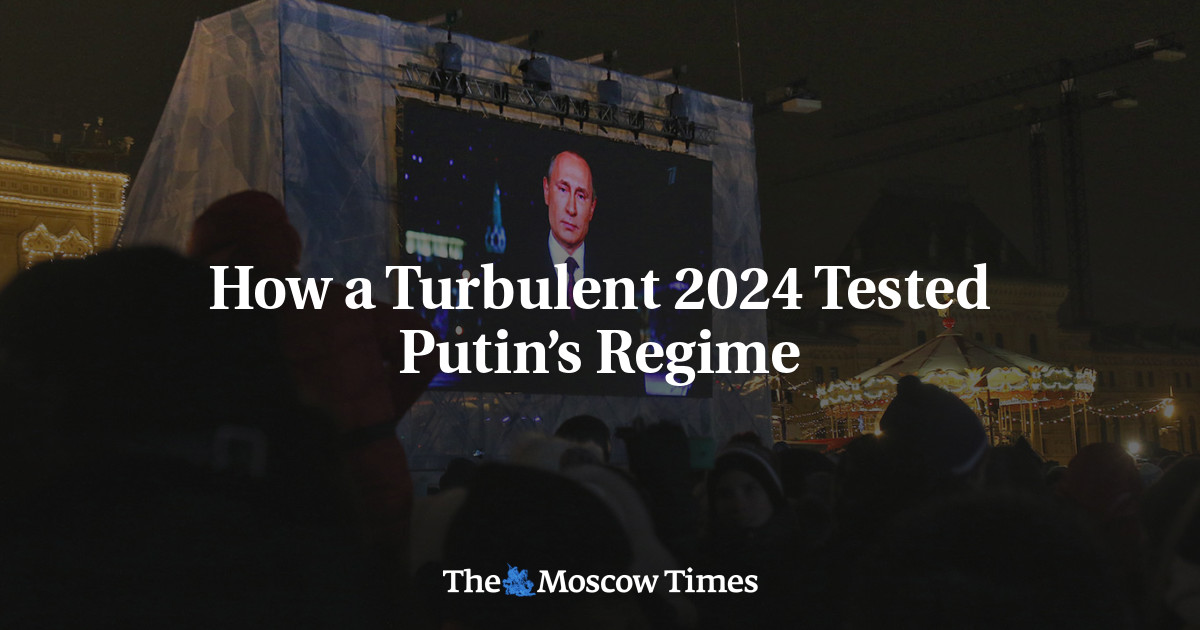The United States on Thursday finally joined a growing number of its NATO allies in allowing Ukraine to use weapons donated by the West to strike military targets on Russian territory.
Officials said Ukraine would only be allowed to defend the embattled Kharkiv region, which is under bombardment by missiles and glide bombs launched inside Russia. Furthermore, an anonymous official explained Kyiv would only be able to hit “Russian forces hitting them or preparing to hit them” close to the border.
Though Volodymyr Zelensky’s spokesman welcomed the move, the Ukrainian president himself was more critical, saying the delay allowed Russia to “hunt” Ukrainian people from relative safety behind the border. He urged Washington to allow Kyiv to strike deeper into its neighbor’s territory.
Why did these restrictions need to be lifted?
Kharkiv lies just 40 kilometers from the Russian border, putting it in range of missile and glide bombs launched from Russia’s territory. At least 25 people have been killed by glide bombs – which can fly up to 60 kilometers after being dropped in Russian airspace – in the city over the past week.
Without permission to fire back, Kyiv was left unable to target Russian forces as they gathered behind the border and readied their renewed offensive on the Kharkiv region, said Ivan Stupak, a Ukrainian military expert and reserve officer in Ukraine’s SBU security service.
“Unfortunately, this precaution costs human lives and territory,” he told The Moscow Times.
And with Ukraine’s air defenses having been exhausted while waiting for the long-delayed approval and arrival of surface-to-air missiles from the U.S., Moscow’s airborne attacks became increasingly devastating as fewer missiles could be intercepted.
Serhii Kuzan, chairman of the Ukrainian Security and Cooperation Center, told The Moscow Times that allowing Kyiv to strike aircraft and ground launchers inside Russian territory is a more cost-effective way of saving lives than intercepting bombs and missiles.
“Russia can still produce dozens of missiles of various types every month, but it cannot produce a similar number of launchers,” he said.
“It is much more efficient to use a SAM missile, which costs several million dollars, to destroy a strategic bomber, which costs tens of millions and is, in Russian reality, an irreparable loss.”
What can Ukraine now do in Russia?
Ukraine has already been using domestically produced drones to hit military targets as well as oil refineries, factories, and power infrastructure as deep into Russia as the Republic of Tatarstan. Crucially, Washington’s relaxed restrictions allow Ukraine to make use of advanced weaponry like the long-range ATACMS missile system.
Central to the danger of ATACMS is their design, which enables them to overcome obstacles that a simple drone could not.
“[Unlike a drone] ATACMS missiles have a GPS guidance and they also have inertial guidance,” says Ryan McBeth, retired army infantry veteran and open-source intelligence expert. “You can get very precision-like hits on Russian factories and production centers without dealing with the kind of GPS jamming that's going on at the front.”
According to McBeth, the angle at which ATACMS missiles are launched and their ability to maneuver themselves in the air, unlike traditional ballistic missiles, makes them more challenging for Russian air defense systems to intercept and neutralize.
Additionally, the unfavorable positioning of Russia’s own defense systems can make it harder for its surface-to-air missile launchers to catch up with the attacking missile.
McBeth told The Moscow Times that the new threat posed by ATACMS will likely compel Russia to develop new strategies and logistical planning from Russian commanders.
Russia may be forced to move its weapons further back from the Russian border out of the range of ATACMS, and frequently relocate air-defense systems to protect as many targets as possible.
“There's only a limited number of places where you can set up a battery. So sooner or later you're going to be going to the same space a second time. And that's certainly a dilemma for Russia.”
Why has Washington been so cautious?
Moscow has repeatedly warned that using Western weapons on Russian soil would escalate the war. This week, President Vladimir Putin warned that such a move would be “another step towards a serious conflict in Europe. Towards a global conflict.”
 Vladimir Putin speaking in Uzbekistan.
kremlin.ru
Vladimir Putin speaking in Uzbekistan.
kremlin.ru
If Russia was to attack a member of NATO, it would trigger Article 5 of the alliance’s founding treaty — compelling other member states to defend them and bringing them into direct confrontation with Russia.
However, analysts have argued that Ukraine’s allies have already crossed many of Russia’s red lines without triggering a significant escalation. Ukraine has used British-donated Storm Shadow and American ATACMS against targets in Crimea and other occupied regions of Ukraine that Moscow considers Russian territory.
What are other countries doing?
Washington’s move came in the same week that NATO Secretary General Jens Stoltenberg said Kyiv’s allies were “tying one hand of the Ukrainian armed forces behind their back” by preventing them from hitting Russian territory.
France, Germany, Finland, Canada, Poland, Sweden and the Czech Republic have all said they would allow Ukraine to strike targets on Russian soil in some circumstances.
Though British Foreign Minister David Cameron said that it was up to Ukraine to decide how they used British weapons, Zelensky said Kyiv was yet to receive official confirmation from London. He added that Britain's final decision was likely dependent on Washington's stance.
 Storm Shadow missile.
MBDA
Storm Shadow missile.
MBDA
The Danish and Dutch foreign ministers said Thursday that Ukraine could use its country’s donated F-16s against military targets in Russia for self-defense “within the rules of war.” The first F-16s are expected to enter service in June or July.
With different countries laying down their own conditions, Kuzan told The Moscow Times that without a clear definition of what Kyiv’s allies consider to be a military target, it is unclear what Ukraine can and cannot do.
“For example, is it permissible to attack a military facility that services critical components of the Russian Iskander missile system, which could be used to fire ballistic missiles at civilians in Kharkiv? In practice, this facility is not involved in attacks on Ukraine. But in fact, it is. Because without maintenance, the transporter cannot be moved and missiles cannot be launched,” he said.
… we have a small favor to ask. As you may have heard, The Moscow Times, an independent news source for over 30 years, has been unjustly branded as a "foreign agent" by the Russian government. This blatant attempt to silence our voice is a direct assault on the integrity of journalism and the values we hold dear.
We, the journalists of The Moscow Times, refuse to be silenced. Our commitment to providing accurate and unbiased reporting on Russia remains unshaken. But we need your help to continue our critical mission.
Your support, no matter how small, makes a world of difference. If you can, please support us monthly starting from just $2. It's quick to set up, and you can be confident that you're making a significant impact every month by supporting open, independent journalism. Thank you.
Continue
![]()
Not ready to support today?
Remind me later.
 (1).png)
 7 months ago
19
7 months ago
19













